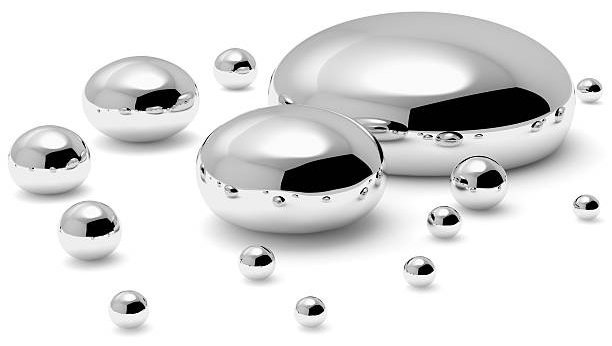

A Stronger Push for Health and Environmental Protection
The European Union has officially implemented stricter regulations meticulously designed to curtail the detrimental effects of mercury on both human health and the delicate balance of our environment. This decisive action signifies a major stride towards a mercury-free future.
Mercury, recognized globally as a highly toxic element, presents substantial and well-documented risks to human populations and the intricate web of ecosystems. The newly revised mercury regulation within the European Union ambitiously seeks to eliminate the remaining intentional applications of mercury across various sectors. This bold initiative directly contributes to the overarching goal of achieving a zero pollution initiatives environment, a vision for a cleaner and healthier planet. This significant regulatory update marks a pivotal moment in the ongoing efforts to bolster public health outcomes and ensure the long-term environmental safety measures necessary for a sustainable future, yielding tangible benefits for all.
Key Changes in the Updated Regulations
The Dental Amalgam Ban: Phasing Out Mercury in Fillings
A cornerstone of the updated regulation is the mandated dental amalgam ban. Effective January 1, 2025, the use and export of dental amalgam, a traditional filling material containing mercury, will be prohibited within the EU. Recognizing the potential challenges for certain EU Member States in adapting their healthcare infrastructure, a temporary derogation, or exemption, has been thoughtfully included. This provision allows for the continued use, manufacture, and import of dental amalgam until June 30, 2026, providing a crucial window for these nations to transition to mercury-free future alternatives. Ultimately, the objective is that all dental filling materials will be entirely free of mercury, except in narrowly defined medical circumstances where a qualified healthcare professional deems the use of amalgam indispensable for patient well-being.
Phasing Out Mercury in Lighting: Transitioning to Safer Alternatives
Furthermore, the mercury regulation stipulates a phased cessation of the manufacturing, importation, and exportation of specific categories of mercury-containing lamps. This phase-out will occur by either December 31, 2025 or December 31, 2026, contingent upon the particular type of lamp. These less environmentally sound lighting technologies will be systematically replaced by safer and significantly more energy-efficient alternatives to mercury in lamps, such as the widely adopted and increasingly advanced LED technology. This transition will contribute significantly to mercury pollution reduction in the waste stream and lower overall energy consumption.
Enforcement and Upcoming Guidelines
This crucial mercury regulation is now directly enforceable across all EU Member States, underscoring the commitment to immediate action. Looking ahead, the European Commission is scheduled to release comprehensive guidance on cutting-edge mercury emissions reduction strategies specifically tailored for crematoria by December 31, 2025. This guidance will provide valuable insights and best practices for minimizing mercury releases from these facilities, further supporting environmental safety measures.
Understanding the Background and Significance
Mercury's notoriety as a highly toxic substance stems from its widespread historical use in various industrial processes and a diverse array of consumer products. Prolonged or excessive exposure to mercury can trigger a range of severe and often irreversible health impacts of mercury, affecting the nervous system, kidneys, and other vital organs. Similarly, mercury contamination poses significant environmental risks, accumulating in the food chain and harming wildlife.
Regulatory Context: Building on Previous Efforts
The European Commission's proposal on July 14, 2023, to update the existing mercury regulation marked a proactive step towards further tightening the restrictions on mercury use within the EU. This updated framework builds upon and complements the foundational mercury regulation established in 2017, which already addressed critical aspects of mercury's lifecycle – spanning from its initial extraction to the implementation of safe and responsible disposal methods for mercury-containing waste. The latest revisions represent a significant strengthening of the EU's commitment to mercury pollution reduction and the pursuit of a truly mercury-free future through comprehensive EU mercury regulations and stringent environmental safety measures.